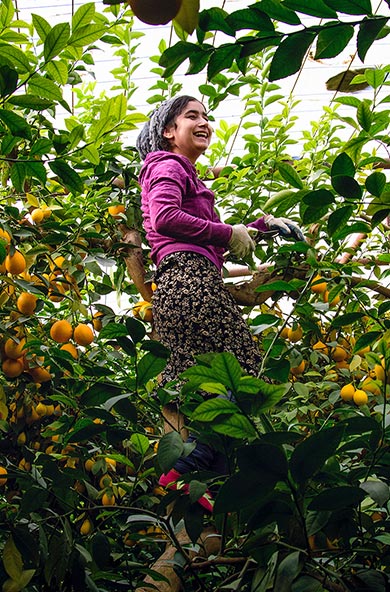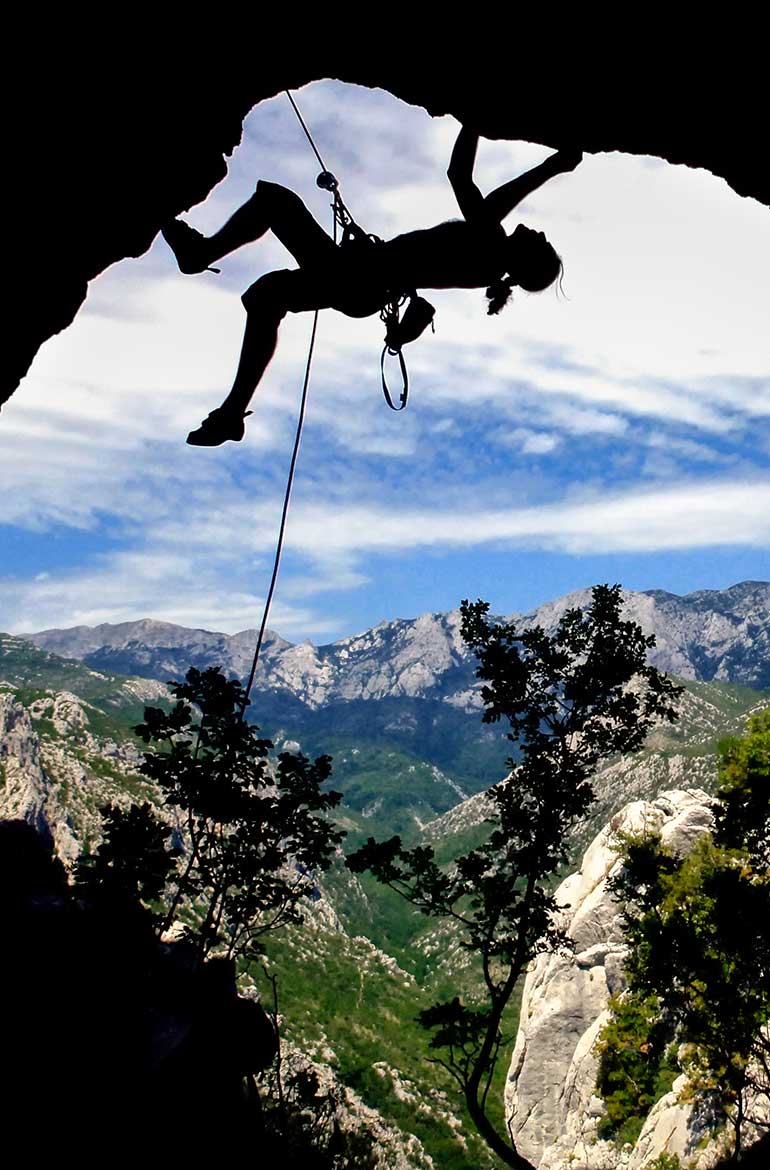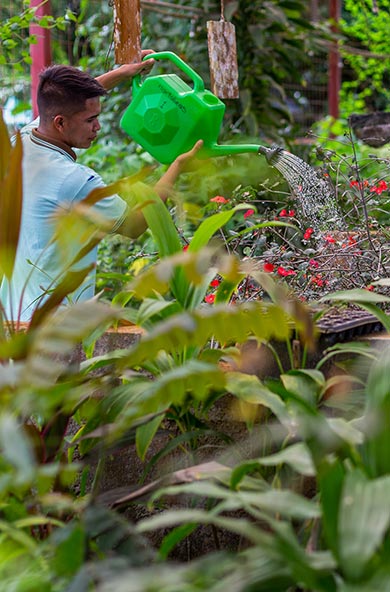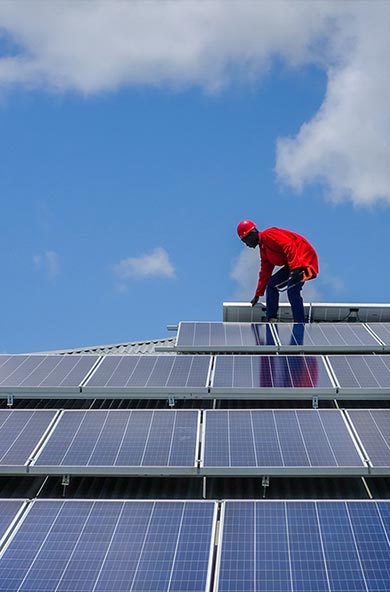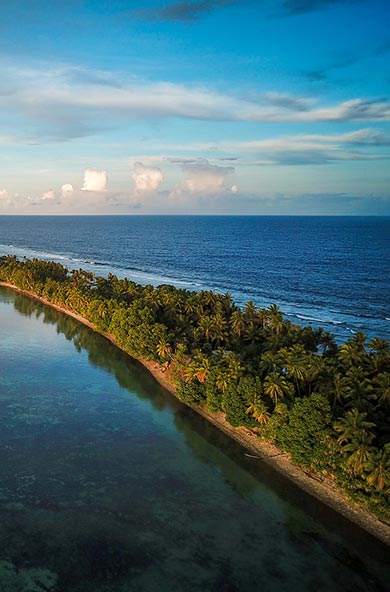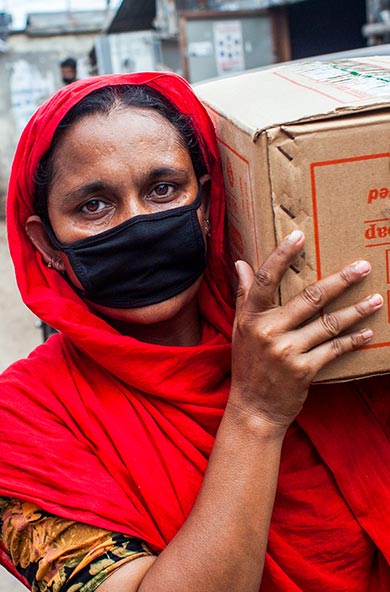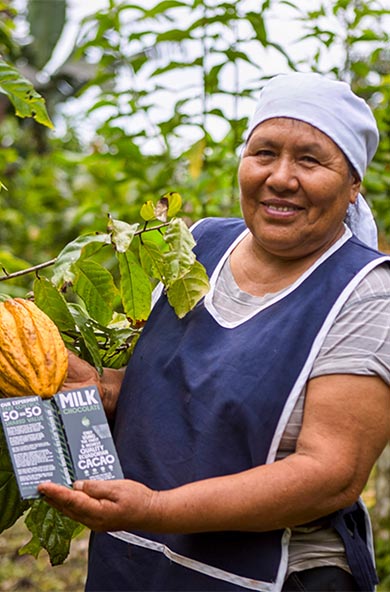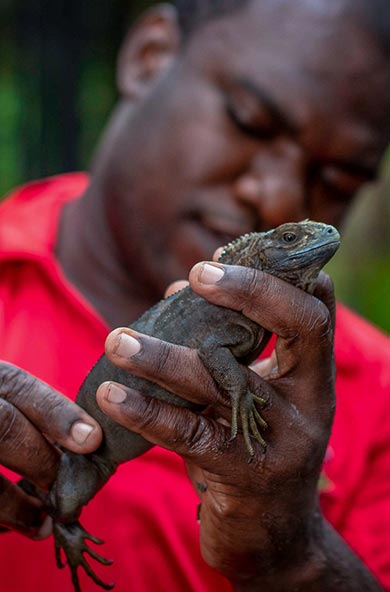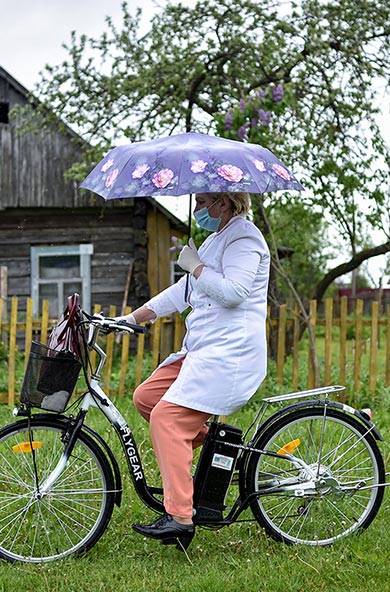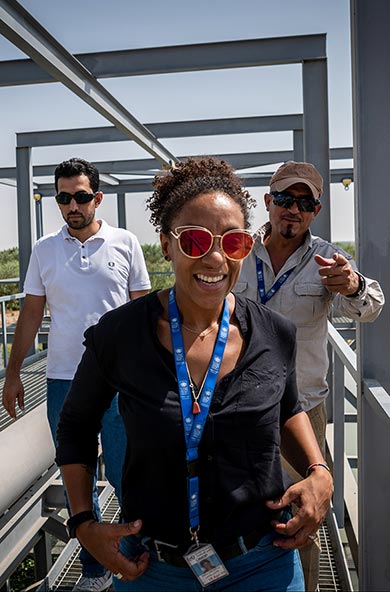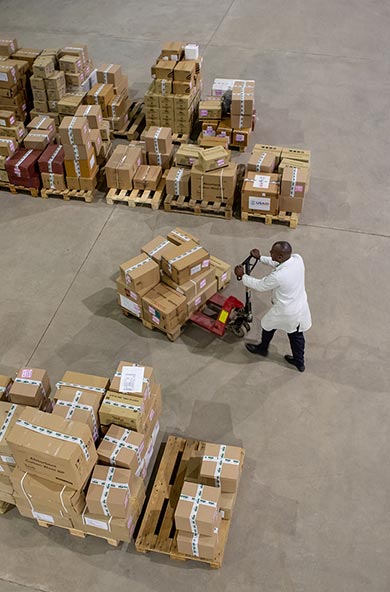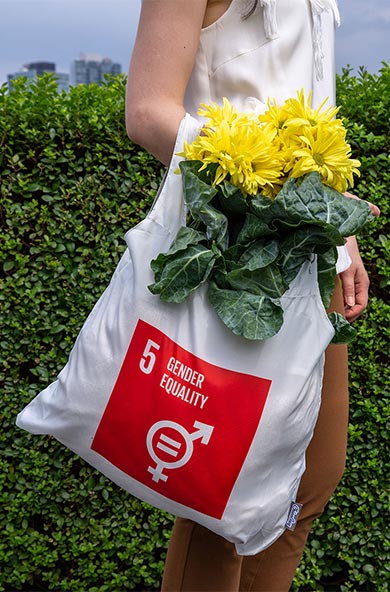Statement delivered by Asako Okai, UN Assistant Secretary-General & Director, UNDP Crisis Bureau at the World Bosai Forum 2023
Directions for Disaster Risk Reduction in the Era of Climate Change
March 13, 2023

Loss and damage caused by climate change has already uprooted the lives and livelihoods of millions of people, and extreme weather events are endangering communities everywhere. One-third of Pakistan has been submerged.
Distinguished participants of the World Disaster Reduction Forum and Ladies and Gentlemen,
I would like to convey my sincere gratitude on behalf of UNDP for this opportunity to deliver a message on the very timely topic of "Directions for Disaster Risk Reduction in the Era of Climate Change" organized by JICA.
Today, humanity and the planet are at stake.
Loss and damage caused by climate change has already uprooted the lives and livelihoods of millions of people, and extreme weather events are endangering communities everywhere. One-third of Pakistan has been submerged. Pacific island nations are on the brink of extinction due to rising water levels.
In 2020 alone, 980 natural disasters cost the global economy more than US$210 billion.
The future outlook is even more serious.
Without action on climate risk reduction, it is projected that by 2030 there will be more than one disaster every day.
According to a recent UNDP study, if emissions reductions remain moderate, climate change could kill more than 40 million people by the end of the century.
And now we are in a time of compounding crises, where, in addition to climate change, we are dealing with other major shocks such as conflict, growing poverty and inequality, food insecurity, energy shocks, and debt crises, which can be added layers by catastrophes such as the recent earthquakes in Turkey and Syria.
The crises and risks we now face are unprecedented in terms of their complexity, scale and gravity. These immeasurable cascading effects must be seen as a wake-up call that the world needs systems more resilient to risks and shocks.
Under these circumstances, it is time for us to rethink our approach to disaster reduction from a broader perspective.
Recently, the mid-term review report of the implementation of the Sendai Framework for Disaster Reduction was issued, and its findings and recommendations are based on a common recognition with what I have just mentioned, namely current conventional risk management systems can no longer cope with interconnected disruptions of our day. In order to realize the targets of the Sendai Framework by 2030, it is essential to cooperate with other stakeholders in addition to traditional stakeholders in disaster reduction, and to enhance the convergence of efforts in food and energy systems, water, security, poverty, climate change, and conflict. The report also calls for the strengthening of inclusion and the creation of more equitable societies, and to this end, the involvement and partnership of the whole of society, including the private sector, must be promoted on a much larger scale.
In order to enhance people's ability to withstand and recover from risks and shocks and to promote risk reduction, a much more integrated approach is needed.
Ladies and gentlemen,
UNDP is committed to stepping up our ambition with more robust and gender-sensitive inclusive actions. I would like to highlight three aspects that we attach importance in this process:
- First, to increase coherence in policies, plans, and actions between disaster management and climate change.
- Second, disaster and climate risk information should inform development plans for energy, industry, land, ecosystems, urban systems, and so on.
- Third, to build people-centered systems that would reach communities that are often left behind including women and people with disabilities.
I would like to explain what these mean in concrete terms, while introducing some examples of UNDP's work with Japan.
UNDP has a comprehensive support initiative called Climate Promise, implemented in more than 140 countries that are developing and implementing national climate change plans (Nationally Determined Contributions) under the Paris Agreement, in collaboration with more than 35 partners.
The Climate Promise covers a variety of areas, including net zero emission pathways, climate finance, circular economy, energy, forest, land, and nature issues, urban issues, and climate security. In particular, the adaptation and resilience area, which have much in common with disaster risk reduction, were referenced by about 75% of the countries, and they want to strengthen their capability in such areas as to protect human life, water and food security, livelihoods and economic assets.
Japan is one of the largest donor to the Climate Promise, and a number of projects are being implemented that reflect the knowledge and expertise of the Japanese public and private sectors.
For example, in Uzbekistan in response to frequent extreme weather events, our project is connecting marginalized and vulnerable farming communities with data from automated weather stations and small agro-meteorological stations, benefiting 10 million people. This initiative is inspired by a research project of Kyoto University and Kobe University on water-saving agriculture through innovation.
In Armenia, a project is ongoing in collaboration with the Japan Meteorological Agency, JICA, and OYO Corporation to apply Japan's experience in flash flood risk modeling to educational curricula, strengthening weather forecasting and hydrometeorological monitoring to assist 500,000 residents in vulnerable areas.
In another example under the DX4Resilience project, with support from the Japanese government, we have conducted vulnerability mapping and analysis using digital technology in Nepal, the Philippines, and Sri Lanka that strengthened the governments’ understanding of who the most vulnerable are, where they are located, the disaster risks they face and which needs required prioritization and urgent action to increase their preparedness for disasters.
To meet the needs of people and planet in crisis, this kind of more integrated approach to risk reduction and climate action must be more boldly pursued by leveraging the strengths of various actors to connect the dots and enhance resilience at the individual, community, government, and systems-wide levels.
Japan, with its centuries of experience in disaster reduction combined with new technologies and know-how, is expected to lead the way and set an example for others to follow.
Now is the time to reaffirm our commitment to achieve the goals set forth in the Sustainable Development Goals (SDGs), the Paris Agreement, and the Sendai Framework for Disaster Reduction, and to push forward as a unified effort to build safe, resilient, and sustainable societies.
I know that JICA as well as all of the speakers and participants present here today are already strongly committed to this important work. In order to overcome the challenges facing our planet and humanity, we need to set our ambition higher and accelerate our action through broader partnerships that bring together the collective wisdom of all of us. I look forward to a stronger and more enduring partnership and collaborative co-creation with you as allies in overcoming this challenge.
Thank you for your attention.

 Locations
Locations